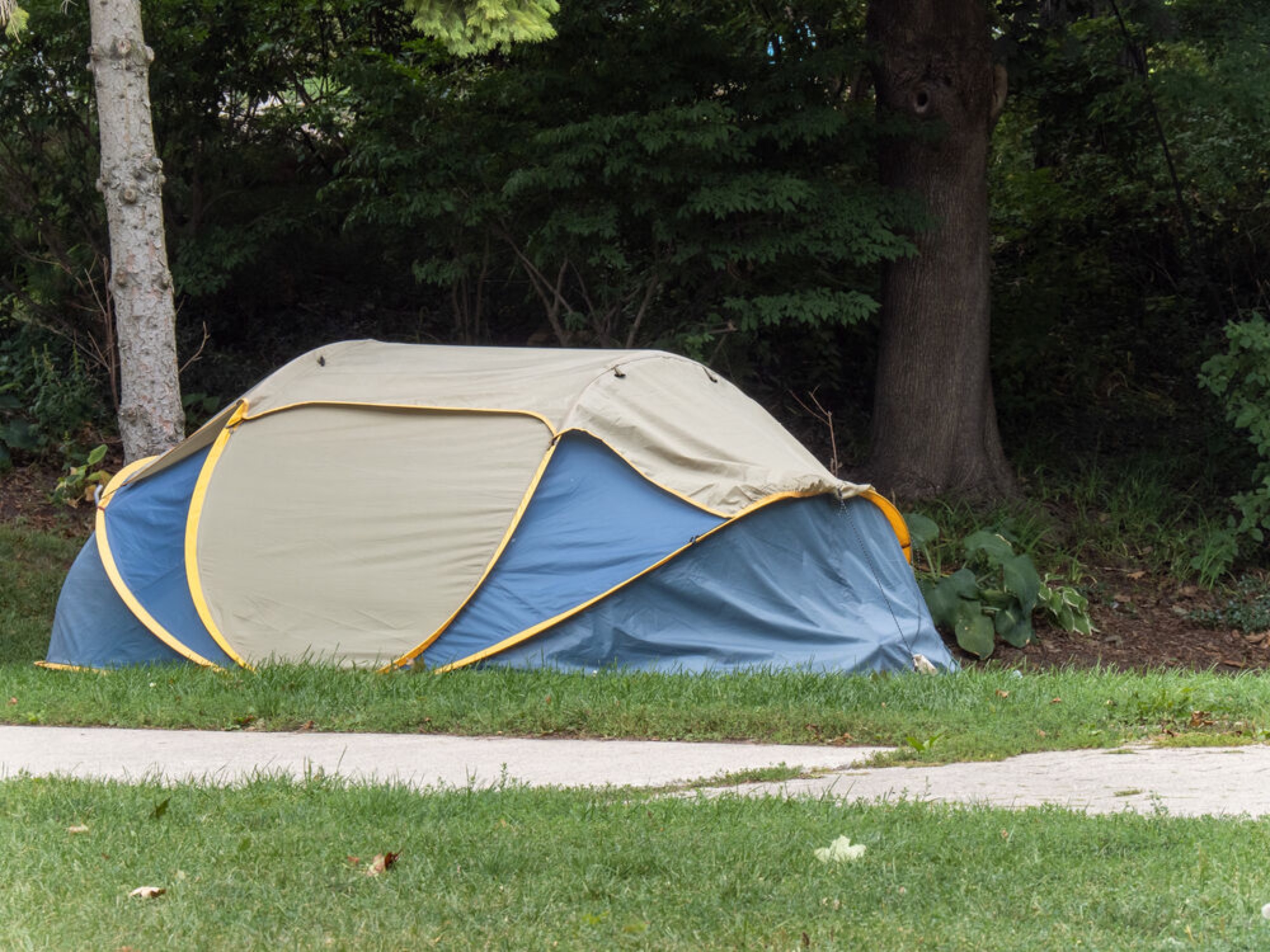COURT HOUSE – Eight months after the mandatory count of the homeless in New Jersey, Jan. 25, the Point-in-Time (PIT) Reports for the state and its individual counties have finally been released. The number of homeless counted in Cape May County in January represented a 66% increase over the same count in 2022. The county is reported to have 198 homeless individuals.
Cape May County has 2% of the state’s total count of 10,267 homeless. The county represents only 1% of the state’s total population, giving it a disproportionate share of the homeless.
As the plight of the homeless in Cape May County becomes an issue due to tent encampments in the Rio Grande section of Middle Township, the PIT count shows the number of homeless at twice the level it was in pre-pandemic 2019. The last time the homeless population of the county stood at a level higher than it is in 2023 was in 2014 when the PIT count showed 306 homeless. Numbers then were impacted by the aftermath of the Great Recession.
The county PIT report breaks down the homeless population by categories, showing 24%, or almost one in four, to be homeless for over a year. Of the population, 19%, or almost one out of five, were reported as children under the age of 18. Males were a slight majority in the total homeless population at 53%. More than half, 56%, reported one or more disabilities.
The PIT numbers also show that the county homeless are comprised of minorities at rates significantly higher than the proportions in the general county population. Those identifying as “Black or African American non-Hispanic/Latino” comprise just over 3% of the general population but are 14.6% of the homeless registered in the PIT count. Hispanic/Latino individuals are 8.4% of the general population in the county but 17.2% of the homeless.
Several factors influenced the 2023 count and they may have had an impact on the sharp increase in the numbers.
The Covid eviction moratorium was lifted in 2022. As the courts make their way through the backlog of cases, more individuals have become homeless across the state.
New Jersey generally and Cape May County are experiencing a housing crisis of sorts. Statistics from the National Low Income Housing Coalition’s (NLIHC) Gap Report show that for every 100 households seeking a home, there are only 31 units available to them. The shortage of housing and the post-pandemic bump in land values have also created an environment where many options for housing are beyond the means of those who seek a place.
In June, the Herald reported on the annual NLIHC Out of Reach report, which showed, for example, that renters in Cape May County on average need 2.8 full-time jobs to afford a two-bedroom apartment without experiencing serious housing burden where they are spending more than 30% of household income on housing.
About 7% of those who were counted as homeless in Cape May County in January were victims of domestic violence, this being one of many household factors leading to homelessness. Others included household breakup or death, along with mental or physical illness.
The two most often cited reasons for homelessness among those surveyed in January were eviction and an individual being asked to leave a shared residence.
This year’s PIT count of the homeless shines a light on a growing county problem. Cape May County had the third highest percentage increase of homelessness among the state’s 21 counties.
Contact the author, Vince Conti, at vconti@cmcherald.com.








